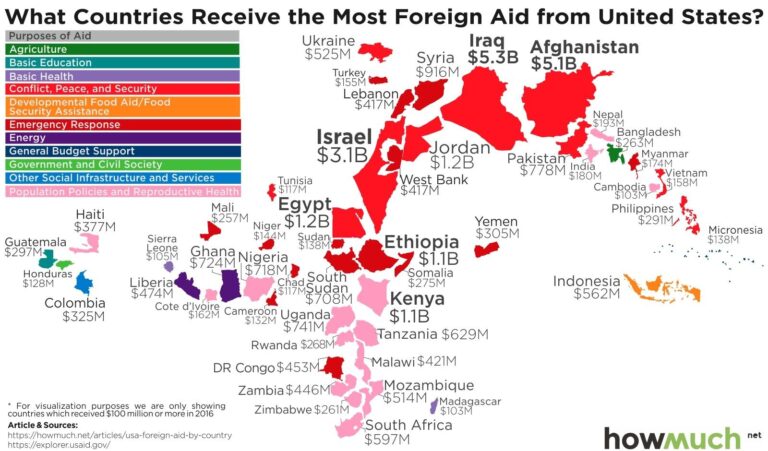Introduction to US Foreign Aid to Taiwan
The relationship between the United States and Taiwan has been shaped not only by historical factors, but also by various forms of support. As a vital player in East Asia, Taiwan has received significant foreign aid from the US to bolster its defense and economic stability.
The Historical Context of US Support
US foreign aid to Taiwan began in earnest after the Chinese Civil War in the late 1940s. This assistance was crucial for Taiwan’s development and its continued resistance against mainland China’s claims.
Military Aid and Defense Support
One of the primary forms of assistance provided by the US is military aid. This support is intended to help Taiwan maintain a formidable self-defense capability amidst increasing regional tensions. Such military cooperation is outlined through various arms sales and joint training exercises.
Economic Contributions and Development Assistance
In addition to military aid, the US has offered significant economic support to Taiwan. Funding initiatives aim to improve infrastructure and boost economic growth, helping Taiwan become a prosperous economy in the region.
The Current State of Affairs
As of recent years, US foreign aid to Taiwan has witnessed an increase amid rising tensions in the Taiwan Strait. Heightened security concerns have prompted the US to reinforce its commitment to Taiwan’s defense and autonomy.
Future Prospects and Challenges
Looking ahead, the future of US foreign aid to Taiwan will largely depend on the geopolitical climate in the region. The ongoing relationship is likely to evolve as both nations navigate complex international dynamics. For more insights, you can visit this link.
Conclusion
This multifaceted support underscores the importance of Taiwan in US foreign policy. Recognizing the challenges and opportunities ahead, the US will continue to play a significant role in Taiwan’s sustainable growth and security.

